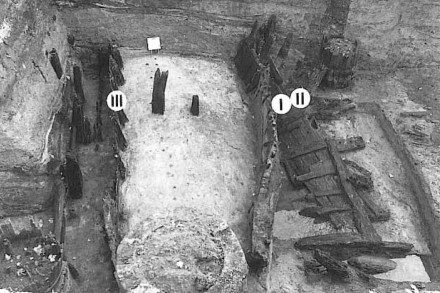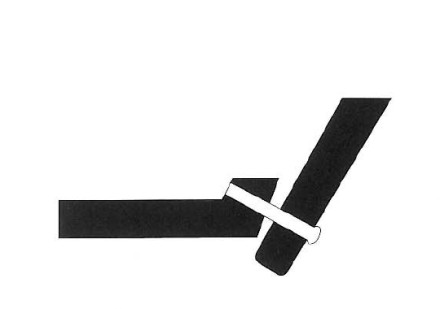History
In 1983, remains of ships were found during archaeological research in the IJsselstraat in the Dutch city of Deventer.
Three medieval quay works that were placed parallel to the river IJssel were found. In these, wooden ship fragments had been reused as revetments. Artefacts found in the vicinity (earthenware) date the embankments between the tenth and the twelfth century. This way of constructing quays with parts of old ships was common in the area in the Middle Ages. The archaeological ship remains were named Deventer I, II and III. The Deventer III fragment measured 5,3 x 1,5 meters.

Description
The remains consist of a chine, a fragment of bottom planking and a number of wooden inserts. The moss caulking was fixed with wooden pegs. The planking was fastened to the bilge strake with a treenail in a specific way.

The construction has many similarities with the Deventer I and the Utrecht 3.
Dendrochronological analysis has provided a logging date after around 913 AD. The wood was probably from the Ardennes.
References
- Vlierman, K. (1996), Kleine bootjes en middeleeuws scheepshout met constructiedetails, Lelystad (Flevoberichten 404/Scheepsarcheologie II).
- W. Brouwers/E. Jansma/M. Manders (2015).
Middeleeuwse scheepsresten in Nederland.
Archeo, 2015 (3).
pp 6-24. - E. Mittendorf (2017).
Publicaties Archeologische Depot Overijssel 6 - Tussen Wal en schip.